In this tutorial, I want to introduce you to the different blend modes in Photoshop. Blend modes are essential tools for editing images and applying creative effects. They allow you to control how layers interact with each other, which can produce some interesting results in your projects. Step by step, you will learn what each blend mode does and how to best use it.
Key Findings
- Blend modes alter how colors in different layers are combined.
- There are different groups of blend modes, each producing different effects.
- Many blend modes share similar fundamentals but have specific uses.
Blend Modes in Detail
1. Overview of Blend Modes
Before diving into the individual blend modes, it is important to understand the basic functionalities. Blend modes typically work based on transparency and brightness. There are many different blend modes in Photoshop that can be categorized into different groups.
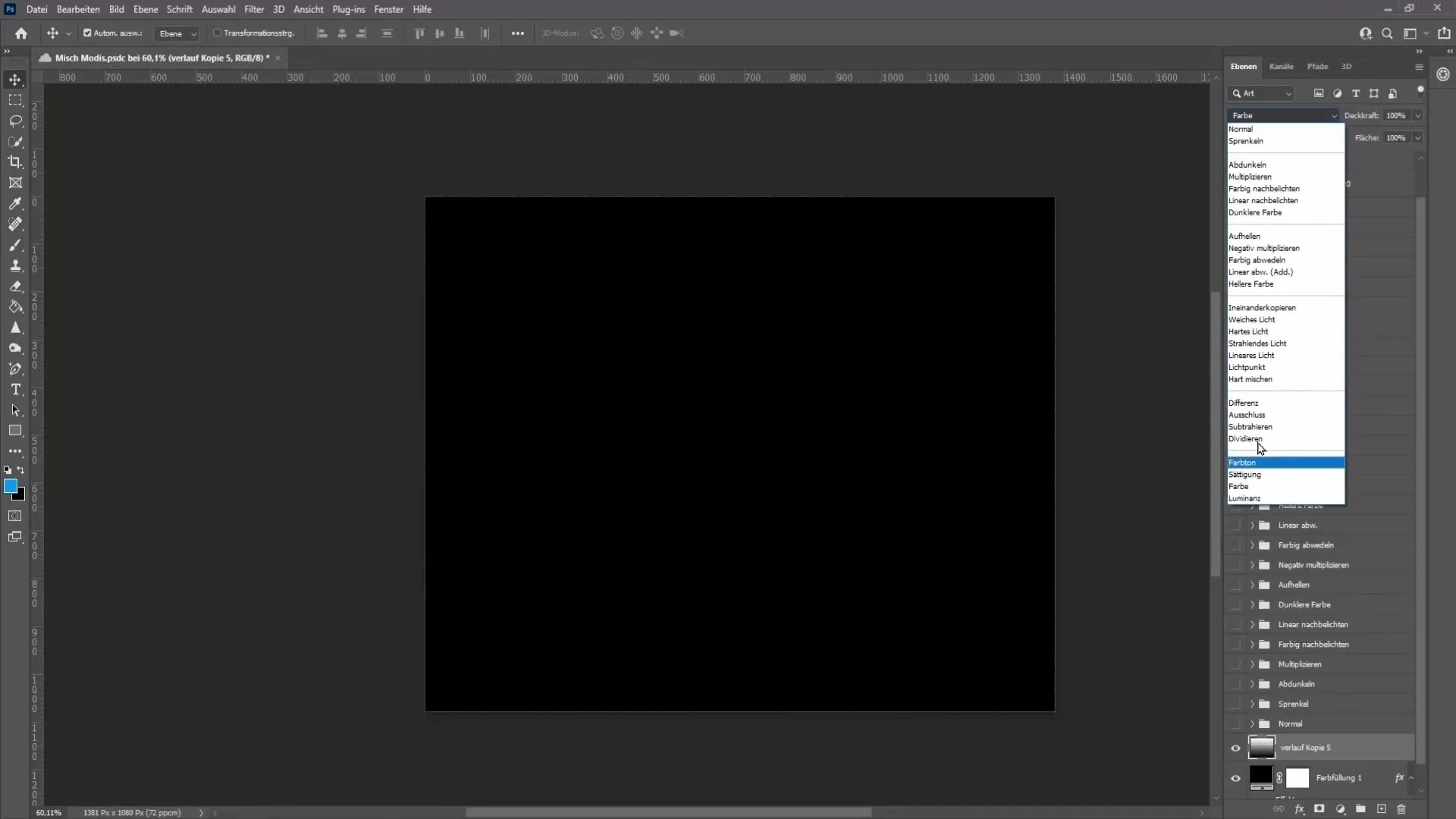
2. Basics
Let's start by explaining gradients. Every image has black (0% brightness) and white (100% brightness), as well as various shades of gray in between. You should imagine that this gradient is an important foundation for all blend modes.
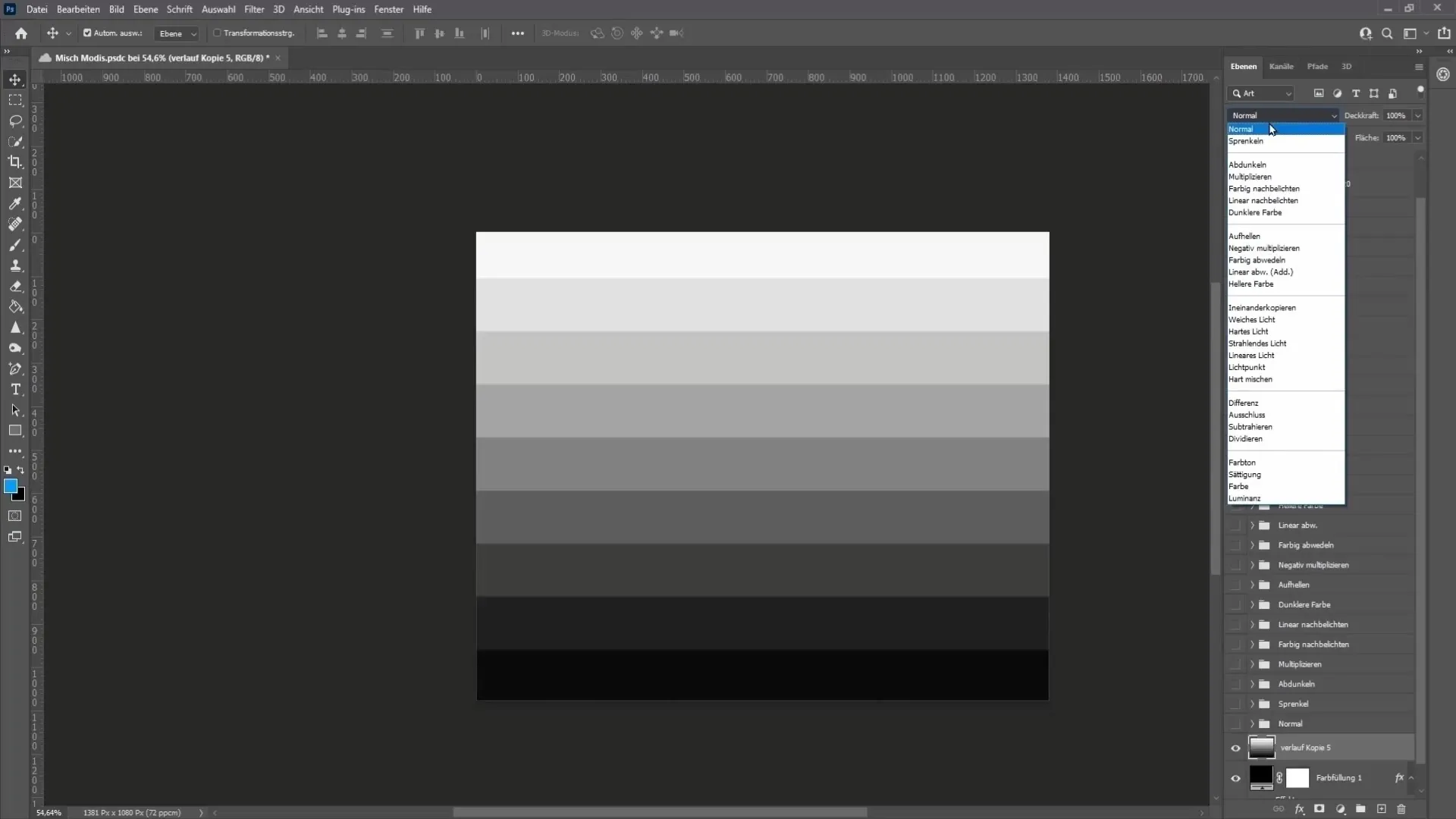
3. Standard Blend Modes
The standard blend mode, "Normal," does not make any alterations. The layers are simply stacked on top of each other without affecting either of the layers.
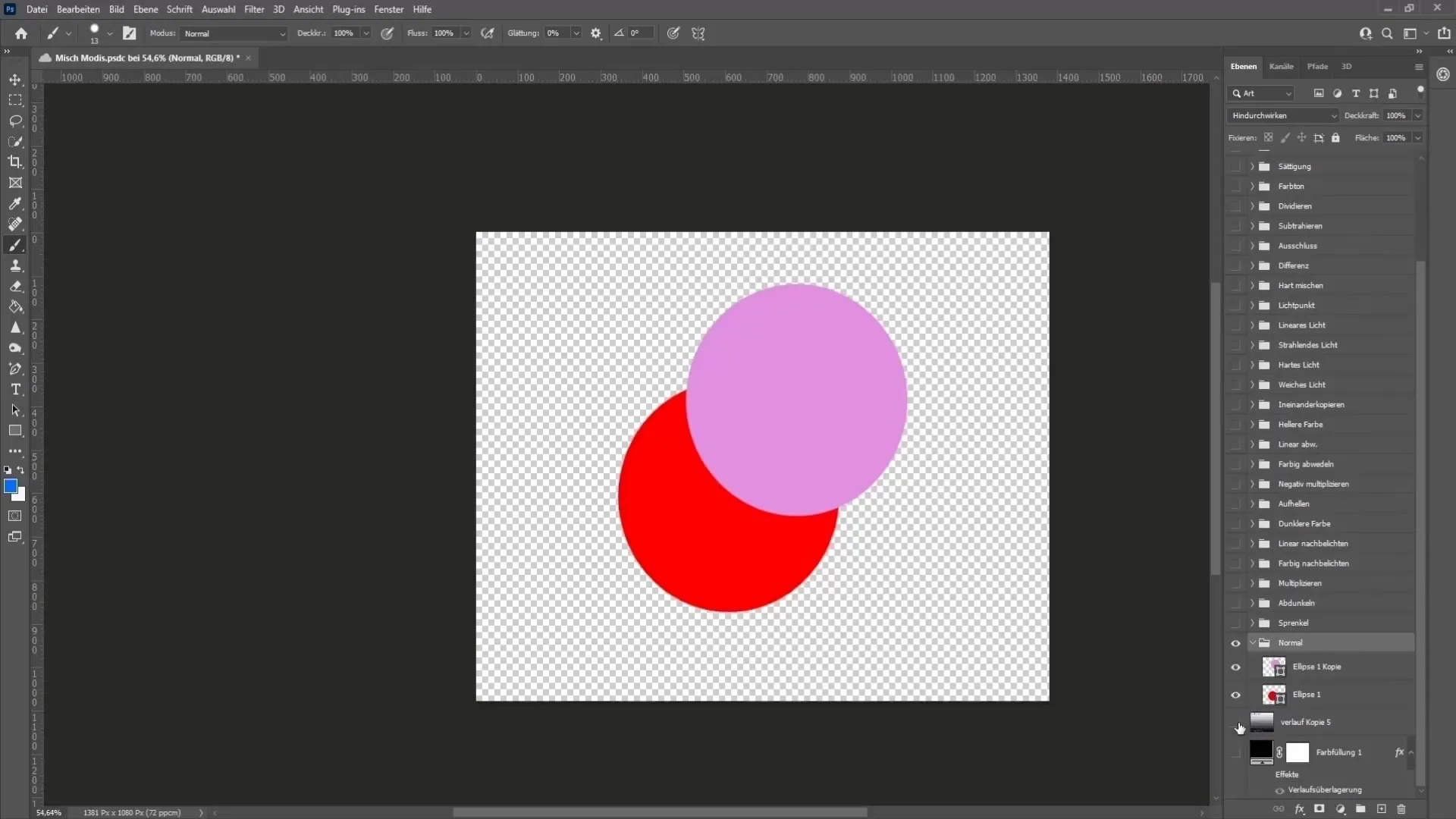
The "Dissolve" blend mode creates a speckled, textured effect that you can create using a brush. With a brush and low hardness, you can achieve various interesting effects, similar to dust or snow.

4. Darken and Lighten Group
The "Darken" blend mode hides all white and leaves darker areas unchanged. This means that everything bright from the underlying layer is hidden.
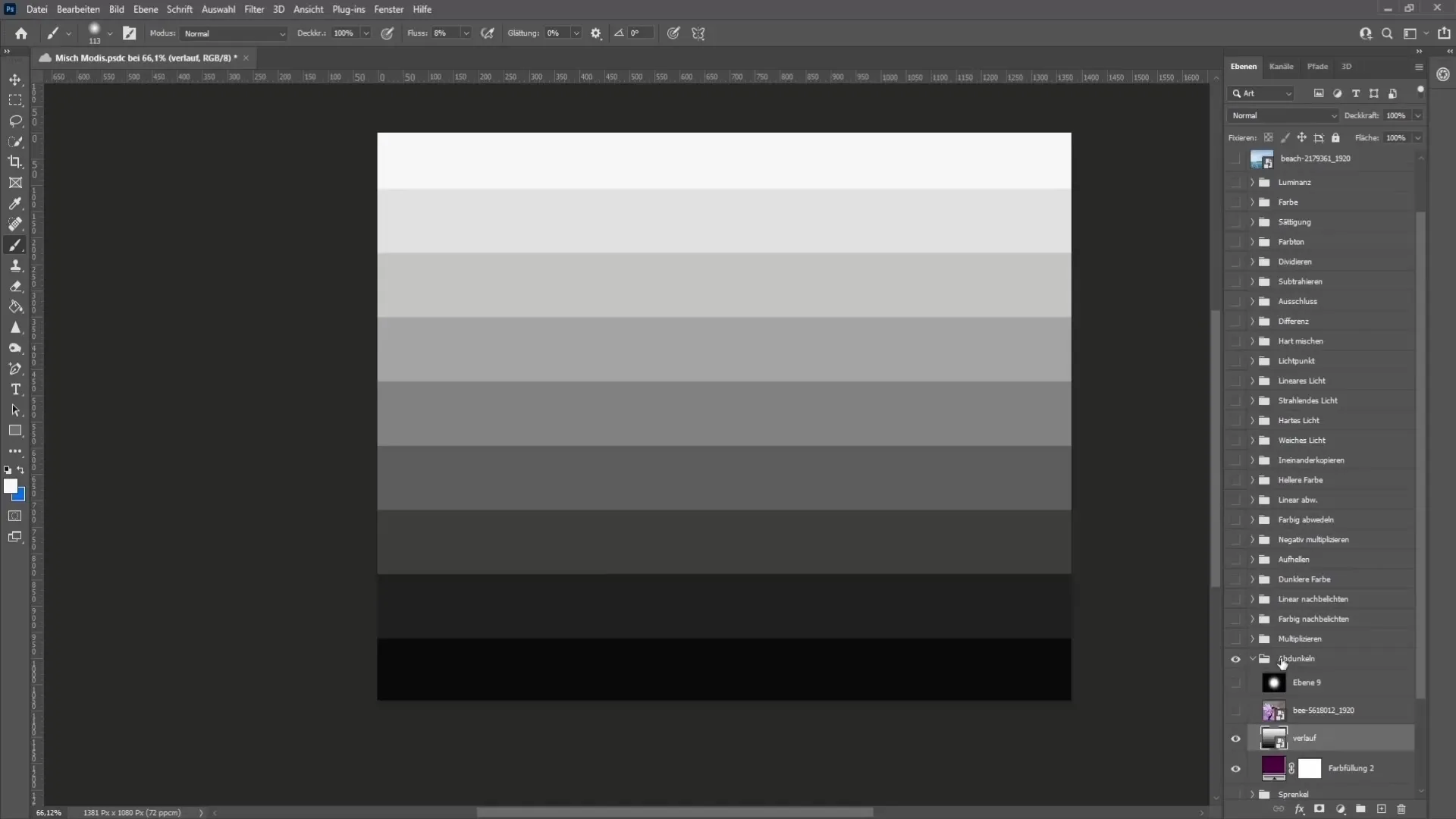
"Multiply" is a very common blend mode that darkens the image. In this mode, 100% black remains unchanged, while 100% white is hidden.
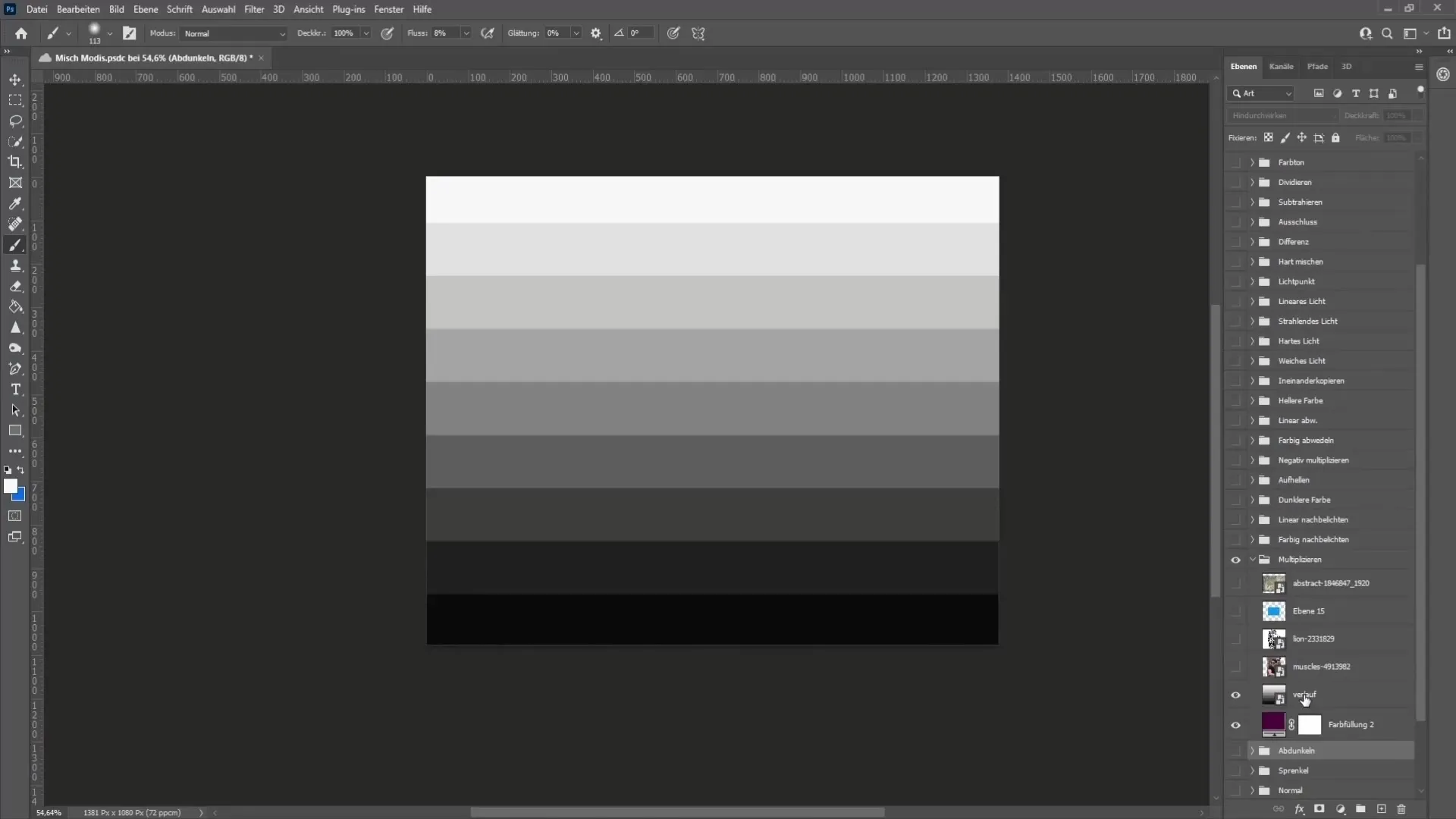
5. Special Blend Modes
With "Color Burn," you can not only darken images but also apply color. This mode leaves 100% black and 100% white unchanged.
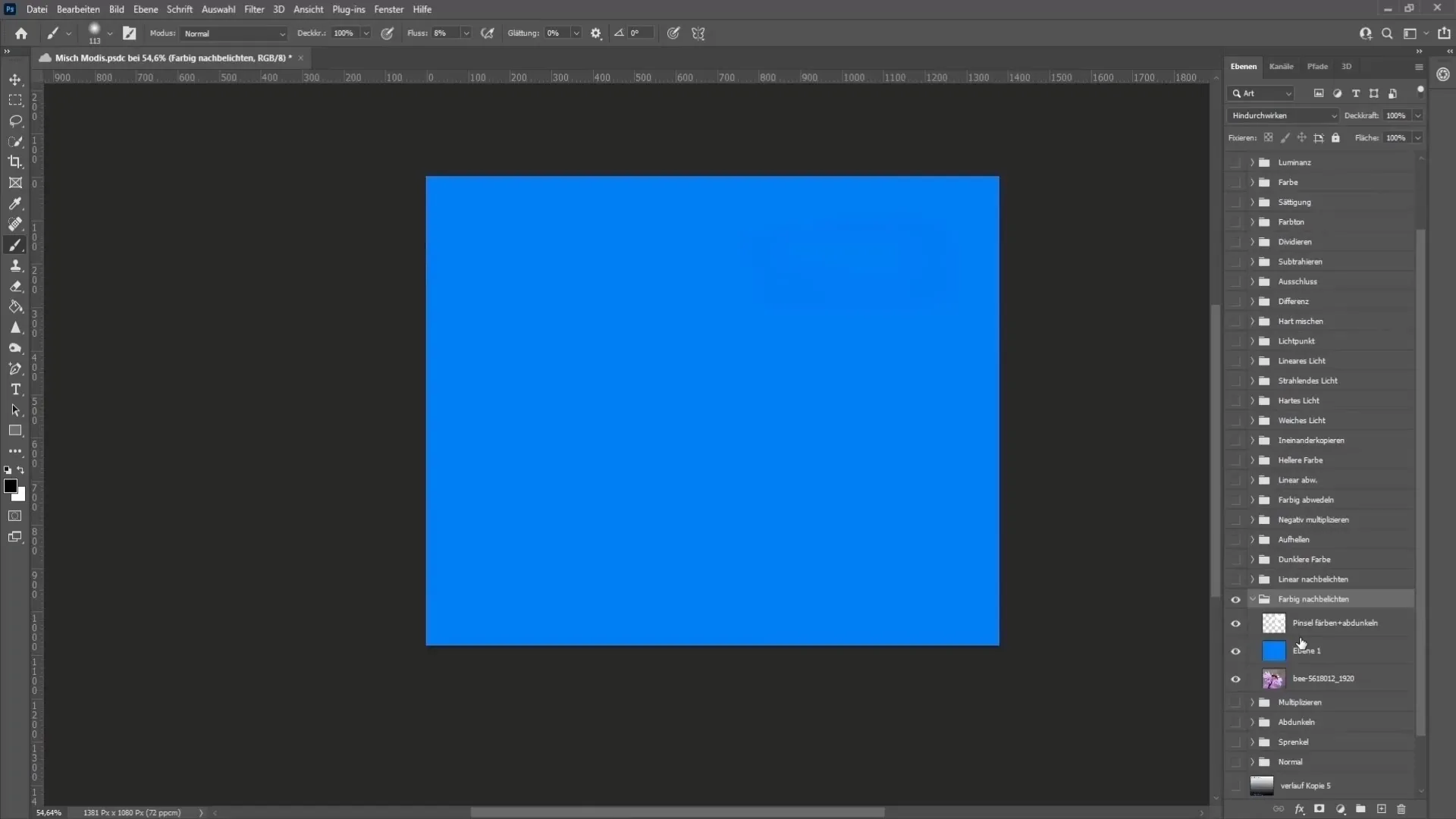
Similar to "Color Burn," but here 100% white is not left unchanged. This means that light and dark tones are evenly influenced in this mode.
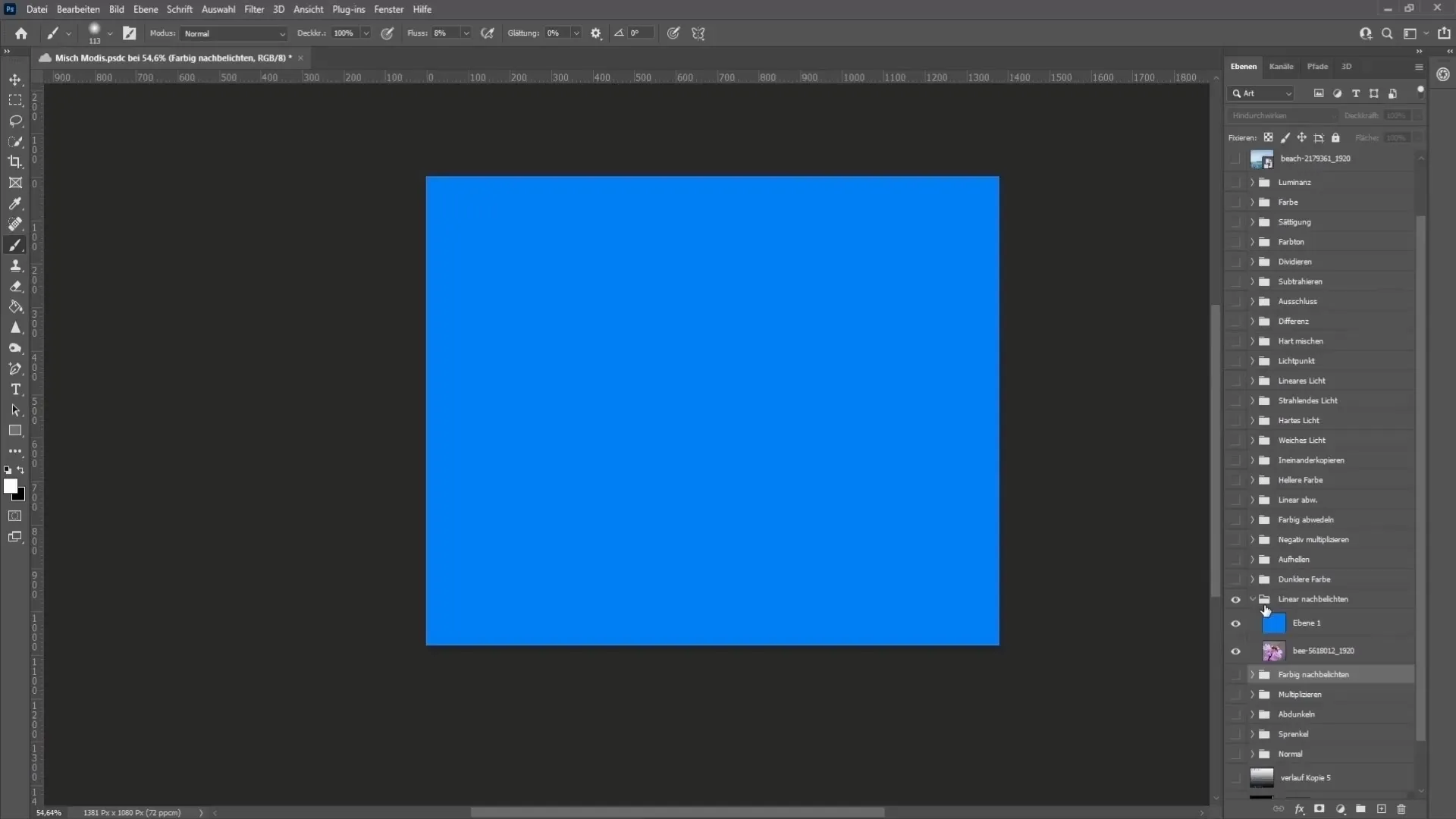
6. Inversion Group
The "Difference" blend mode looks at the color difference between two layers. This can be helpful when you want to perfectly align images on top of each other.
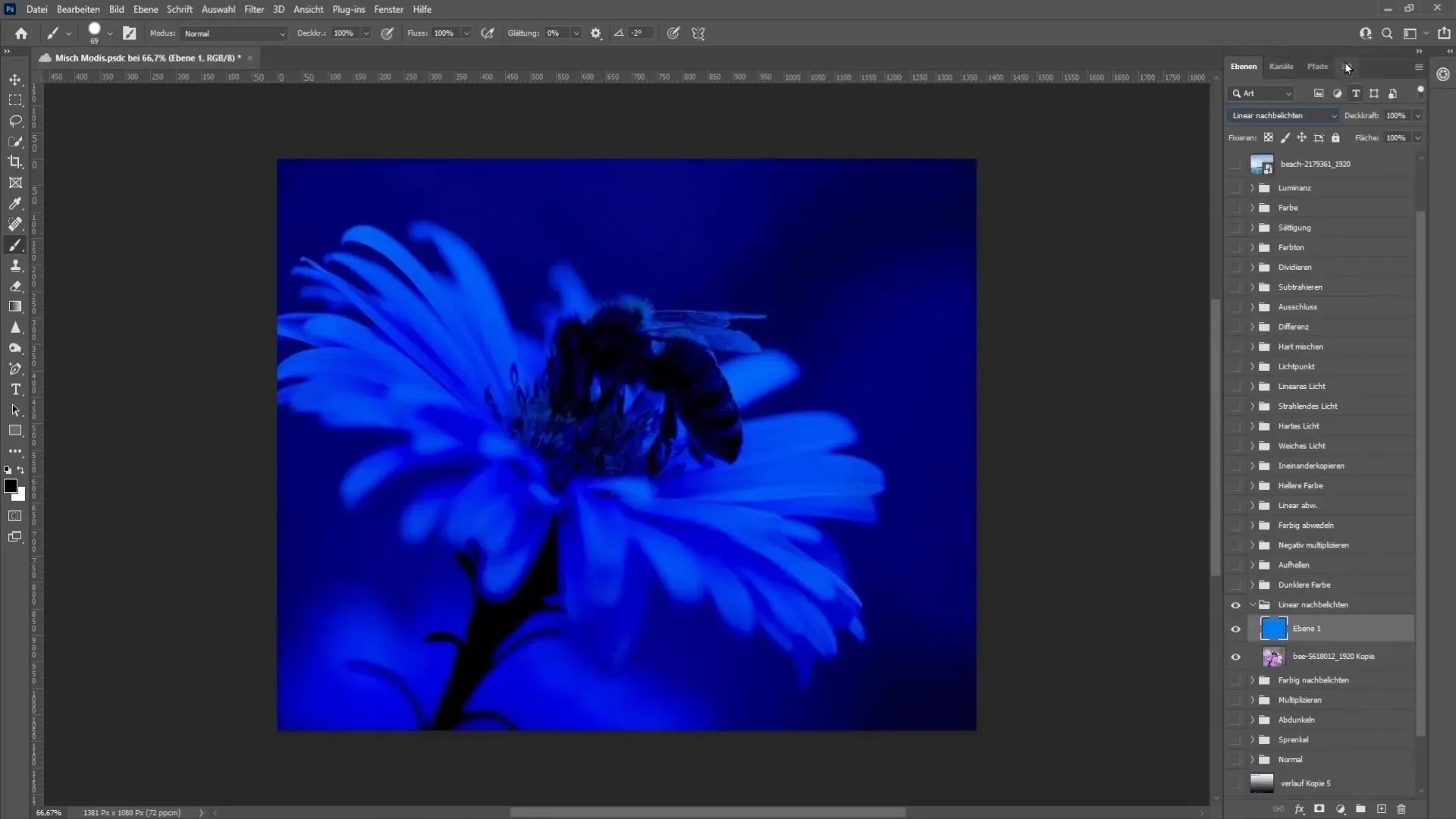
7. Exclusion and Subtract
This blend mode works similar to "Difference," but the mid-tones are not inverted. This results in a rather soft effect that can be used for color corrections.

With "Subtract," you subtract the color values of the RGB colors from each other. An interesting effect can be achieved when subtracting from a specific color at certain points.
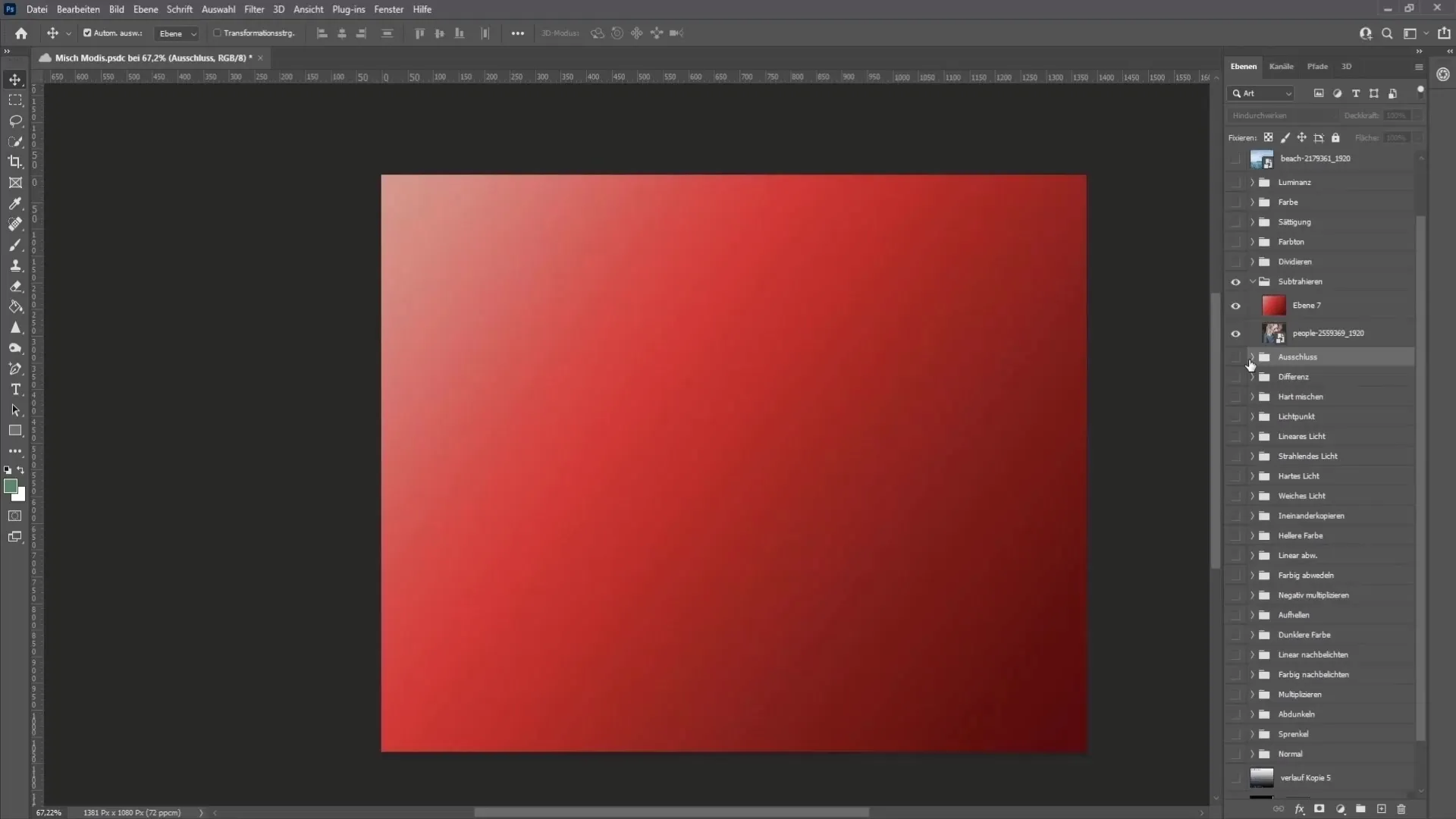
8. Color Group
The blending mode "Hue" allows you to influence the coloring of an image without changing the brightness and saturation. This can be particularly helpful to match the desired mood of the photo.
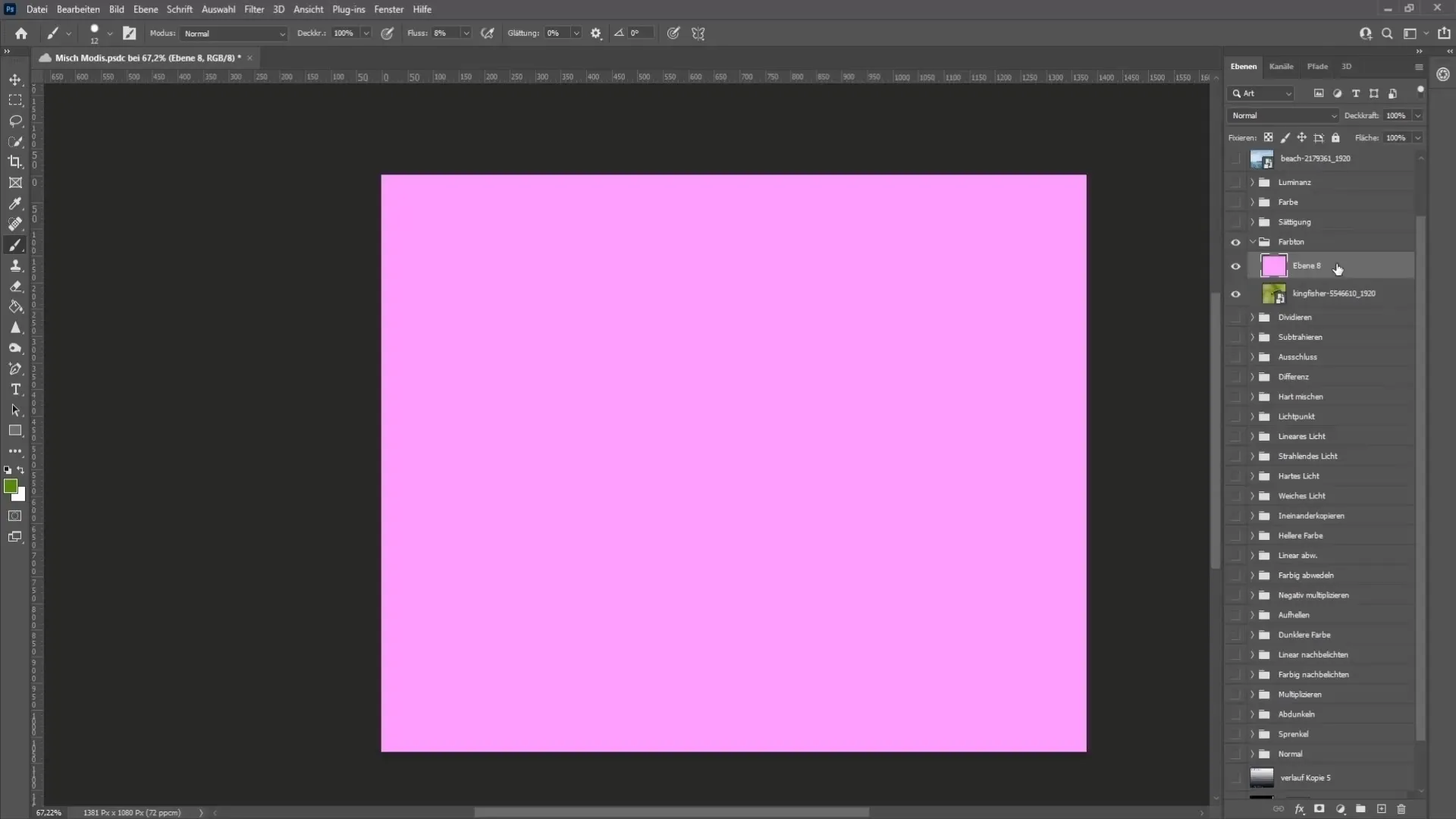
9. Luminosity
When working with luminosity, you influence the brightness of the image without altering the colors. A useful tool for adjusting the brightness in images.
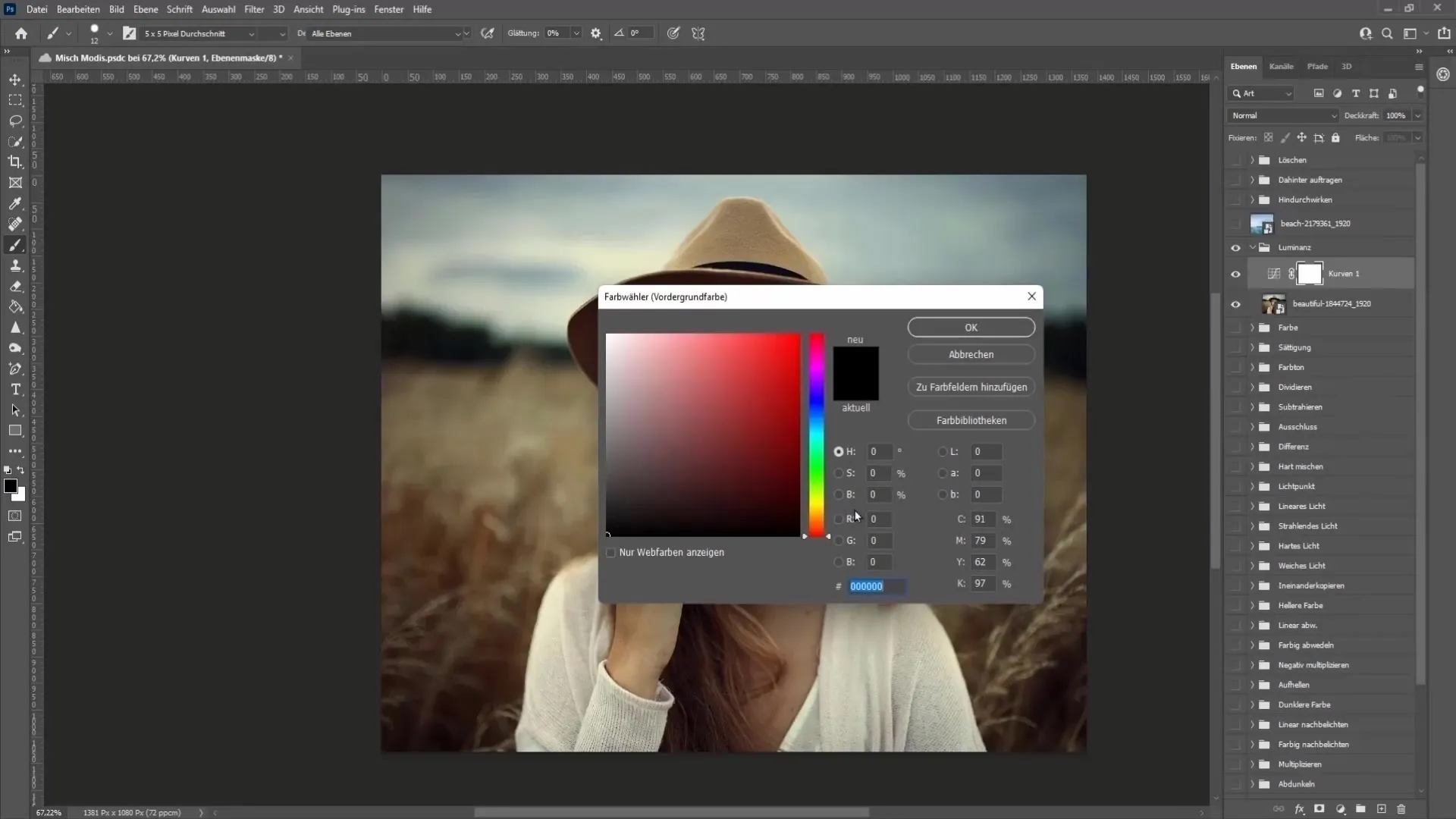
10. Special Blending Modes
This blending mode ensures that the blending modes applied in a group also affect layers outside of the group.

The "Behind Apply" mode causes your color gradient to apply only to the transparent areas. A rare but interesting effect.
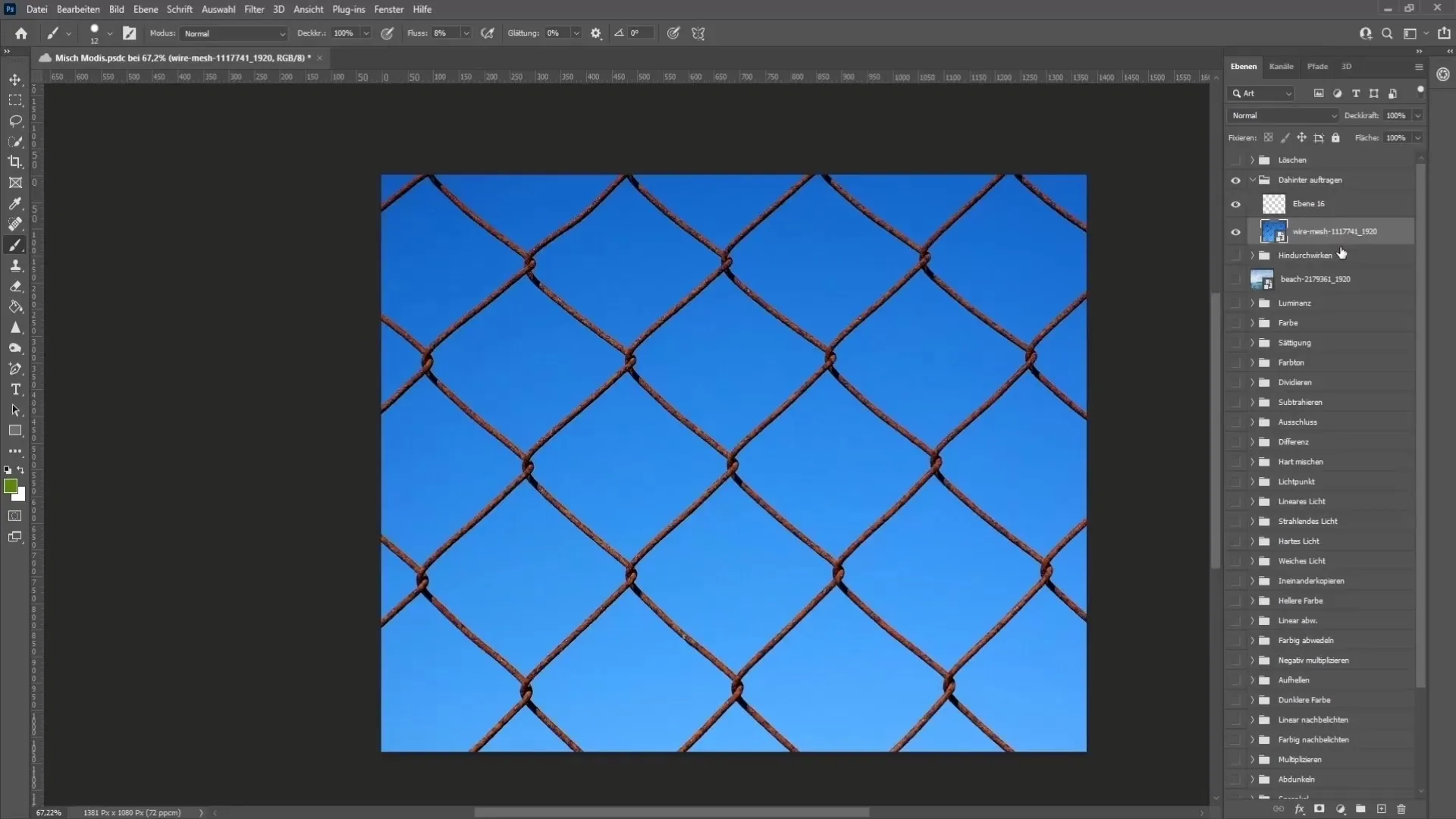
11. Erase
The "Erase" mode behaves like an eraser. You can remove or cut out areas of your image as if you were using an eraser.
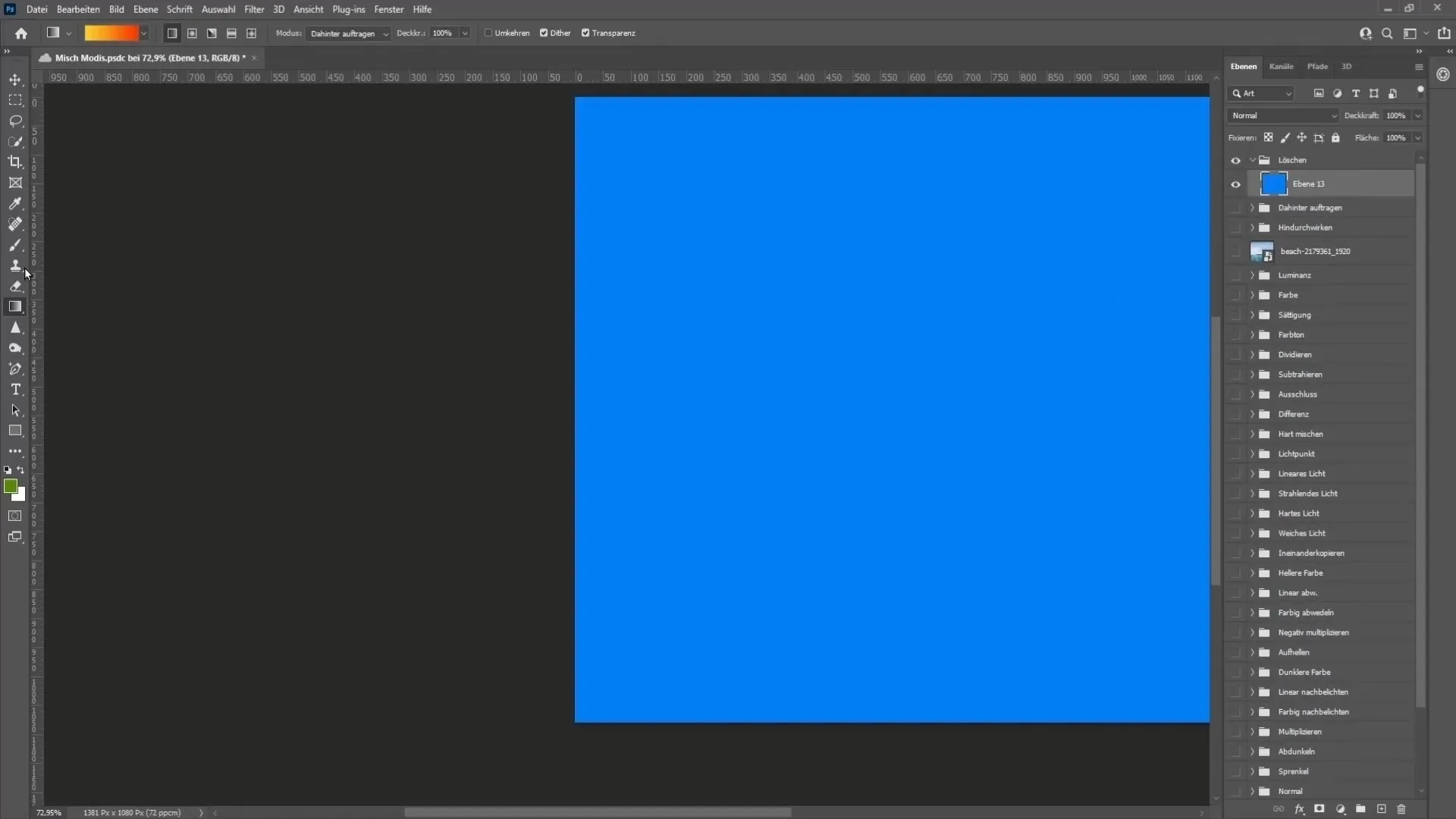
Summary
In this tutorial, you have gained a comprehensive overview of the various blending modes in Photoshop. You now know the differences and functionalities of each mode as well as their application examples. Experiment with the different blending modes yourself to achieve creative and unique effects in your projects.
Frequently Asked Questions
What are blending modes in Photoshop?Blending modes control how a layer interacts with the underlying layer.
How does the "Multiply" blending mode affect my images?"Multiply" darkens the image and eliminates 100% white.
Can I change colors in black and white images with blending modes?Yes, the "Color" blending mode allows you to colorize black and white images.
What do I use the "Difference" mode for?The "Difference" mode helps to find precise alignments between two images.
How can I control transparency in Photoshop?Transparency can be adjusted through opacity or with specific blending modes.


